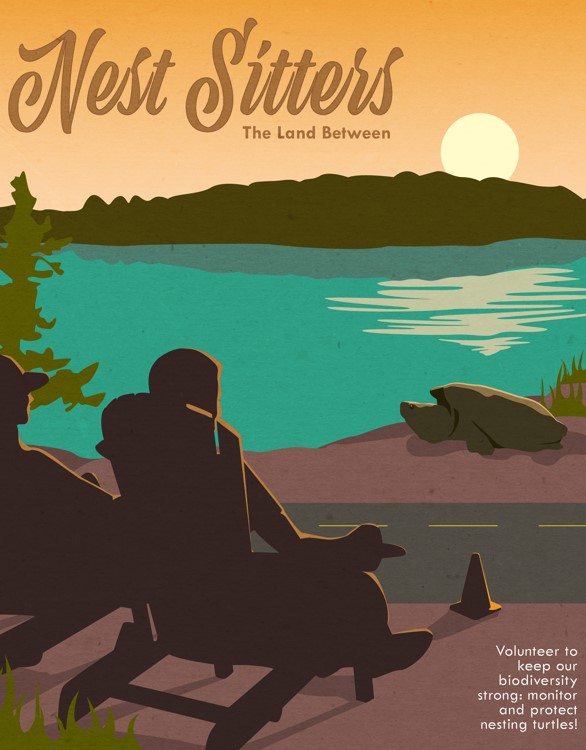Turtles take a long time to replace themselves in nature; an average of 60 years to recruit one successful offspring to take the place of the parent. While it is essential to save adult turtles to stabilize populations, helping hatchlings is important for next generations.
Some turtles in North America will overwinter in their nest cavities and emerge in the spring; this is typical of Painted Turtles, and is becoming more common with Snapping Turtles as the climate changes.
If you find a freshwater turtle hatchling (the size of a dollar coin) wandering in the spring or in the fall, you can take the turtle to the nearest natural water area within 2km/1mile. An area of slow moving water with lots of natural vegetation is ideal to give the little being a good chance of hiding and finding food.
In Canada and many parts of the USA it is illegal to keep native turtles as pets or to relocate and/or take turtles (including turtle eggs) out of the wild. Fines can be up to $1M. All Native species in Canada are protected; and many species across the states have similar protections.
You can also help turtle populations and hatchlings succeed by installing nest cage protectors where you have explicit permissions in areas (not on roadways or road shoulders), and/or by becoming an on call or more dedicated Nest Sitter.


